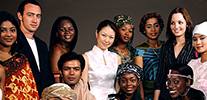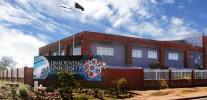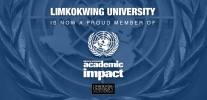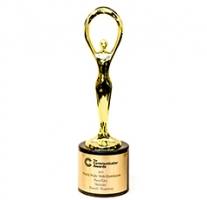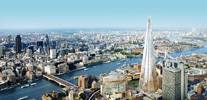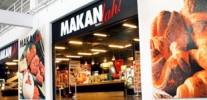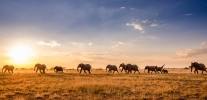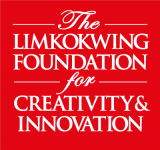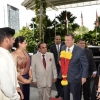
The culture and people of Afghanistan has been around for over two millennia, tracing back to the times of the Achaemenid Empire in 500 BCE.
People
The country has a mostly tribal and rural society with different regions of the country having their own native language. Its population of approximately 33 million people is made up of about fifteen ethnic groups, namely Pashtun (42%), Tajik (27%), Hazara (9%), Uzbek (9%), Aimak (4%), Turkmen (3%), Baloch (2%). Nuristani, Pamiri, Arab, Gujar, Brahui, Qizilbash and Kyrghyz make up 4% of the population.
Language and Religion
Pashto and Dari (Afghan Persian/Farsi) are the official languages of Afghanistan. Pashto was declared the national language of the country, while Dari is used for business and government transactions. According to estimates from the CIA World Factbook, 50% Afghans speak Dari and 35% speak Pashtu. Turkic languages (Uzbek and Turkmen) are spoken by 11% of the population.
Islam is practiced by a vast majority of Afghans. There are 80% Sunni Muslims, 19% Shia Muslims and 1% have other religious beliefs.
Social and Business Etiquette
A handshake is the most common form of greeting in Afghanistan. Women and men should not shake hands, however, should a woman extend her hand, it would be acceptable for a man to shake it. Eye contact between a man and a woman should not be made in public.
In conducting business, local beliefs of honour and shame play a key role in all business environments. One should be diplomatic when addressing any sensitive issues.
Art
Art plays a great part in Afghan culture. The world’s oldest oil painting was found in Afghanistan. One of the most famous kinds is the Gandhara art made between the 1st and 7th century based on Greco-Buddhist art.
The country is also famous for making carpets and has been famous in this industry for centuries. Traditional rugs have unique prints that depict the diversity and culture of various parts of Afghanistan. Other known forms of art in the country are music, poetry and sports.
Economy
Afghanistan is largely an agricultural country with about 80% of the population working in this sector of the economy.
Main crops include poppy, wheat, rice, cotton, sugar beets and oil seeds as well as a wide variety of vegetables, nuts and many kinds of fruit. The country also has mineral resources such as natural gas, coal, iron and copper.
One of the Afghanistan government’s key initiatives is to focus on developing a new partnership with the private sector with the intention of generating new jobs and economic growth. The President Ashraf Ghani aims to institute economic reforms which include improving revenue collection and fighting corruption.
This article is part of a series highlighting the unique cultures featured in the recently concluded Limkokwing International Cultural Festival 2017.

